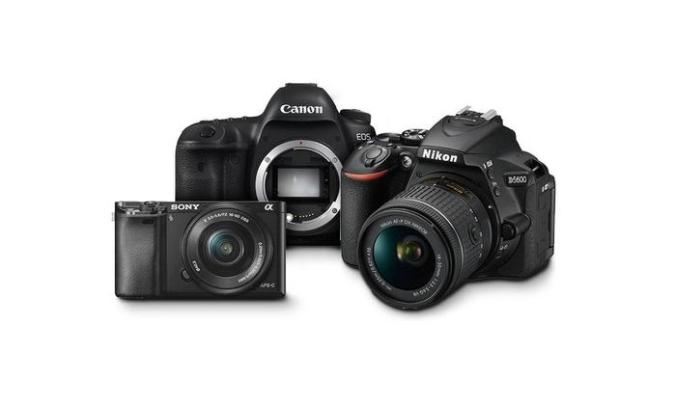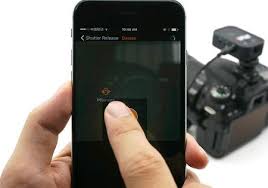You will find the need to do a bit of research and comparison shopping while buying Nikon digital cameras or any other brand. One needs to pay attention to the functions of a camera even though most smart camera offers the same functionality.
Actually it is all upon the buyers to any digital cameras that are the most useful to him. If he is a newbie he can go ahead and pick a tiny and a convenient model or go for digital SLR versions if he is looking for professional quality pictures. But what matters is that the ultimate buy should be one that is easy to operate and well within the budget.

Few Basics That You Must Know
Below are a couple of the buying basics that you should know –
There are certain digital cameras that are light and portable. By adding professional lenses and other added accessories you can also upgrade your old digi cam. By following this way, you can gain access to better pictures and save on a lot of money too.
Now days DSLR cams with camera accessories do not fall in the very expensive bracket. But today the prices of DSLR cams are dropping very fast. So you can hone up your skills with professional quality digital cameras even if you are an average photographer.

SD memory card slot, the zoom, viewfinder screen size, and the ability to capture movies and video are the other features that you must keep in mind.
Pick Of the Day
By Nikon one of the latest versions offered is Nikon d70 digital cam. It retails for $999 and features a 6.3 mega pixel resolution. This cam delivers what it promises and is a good DSLR cam choice.
You can just log on to the Internet If you still cannot decide which camera to buy. Here you can learn about the various digital cameras and also order your camera to be delivered home.





